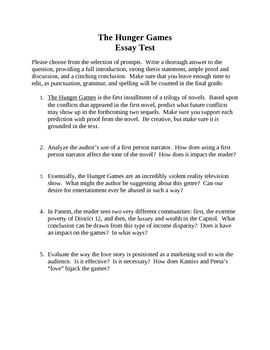An essay on the classification of Moniliaceous medical fungi.
The need for further studies on the precise method of conidium development is stressed because this promises to provide the most stable character for the classification of Fungi Imperfecti as a.
The need for further studies on the precise method of conidium development is stressed because this promises to provide the most stable character for the classification of Fungi Imperfecti as a whole. Conidiophores and conidia of a large number of Hyphomycetes are figured to illustrate the various characters common to each Section.

Summary A key and a plan of tentative classification of the fundamental families of medical fungi are given. It is based on the presence, in tissues or cultures, of different categories of true spores, conidia and vegetative spores (thallospores).

Essay on Fungi: Top 16 Essays. Article shared by: ADVERTISEMENTS:. Essay on the Classification of Fungi Essay on the Reproduction of Fungi. woody or carbonaceous in texture. The conidiophores and conidia may also be formed in a hollow fruiting body known as a pycnidium (pi. pycnidia) (Fig. 142A). The pycnidium is composed of hyphae joined.

The conidia are abjointed from filamentous conidiophores inside the pycnidia, and emerge as tendril-like structures. They are two-celled, small, cylindrical, and pointed at both ends. Germination takes place easily in water, and the disease.

The conidiophore branching profile has been conventionally employed in the classification of Penicillium (Pitt, 1979). The conidiophores vary from being simple (solitary phialides) to very complex patterns with several stages of branching ensuing in overall symmetrical or asymmetrical patterns.

Difference between sporangiospores and conidiospores. Sporangiospores (Sporangia) Conidiospores (Conidia) 1. Produced within a sporangium (sac).

Conidiophore and cleistothecium are key factors of Penicillium that play a significant role in taxonomic description. The conidiophore branching profile has been conventionally employed in the classification of Penicillium (Pitt, 1979).

Penicillium is a very large and ubiquitous genus which currently contains 354 accepted species (Visagie et al. 2014). Many species are common contaminants on various substrates and are known as potential mycotoxin producers. Correct identification is therefore important when studying possible Penicillium contamination of food.Human pathogenic species are rare, however opportunistic infections.

The conidiophores are simple or branched and are terminated by clusters of flask-shaped phialides. The spores (conidia) are produced in dry chains from the tips of the phialides, with the youngest spore at the base of the chain, and are nearly always green. Branching is an important feature for identifying Penicillium species.

For example, Mycos Phaerella fragariae on strawberry forms its conidia at the tips of long, loosely produced, unorganized conidiophores, whereas the aforementioned Mycosphaerella rubi on raspberry, bears its conidia on very short conidiophores inside a pycnidium. In accordance with our artificial system of classification of the Deuteromycota.

Function of conidiophore. conidiophore. asked in Fungi Kingdom by Lifeeasy Biology. answer comment. Conidiophores are specialized hyphae which play an important role in asexual reproduction. They bear the conidia (asexual spores) at its tip which are not enclosed within a sac.

Fungal Collection, Culturing and Identification. 2955 words (12 pages) Essay in Biology. or white on richer media such as potato dextrose agar (PDA). Conidia typically form within a week in shades of green or yellow pigment. A yellow pigment maybe secreted into the agar, especially on PDA.. Taxonomic Proposals for the classification of.



